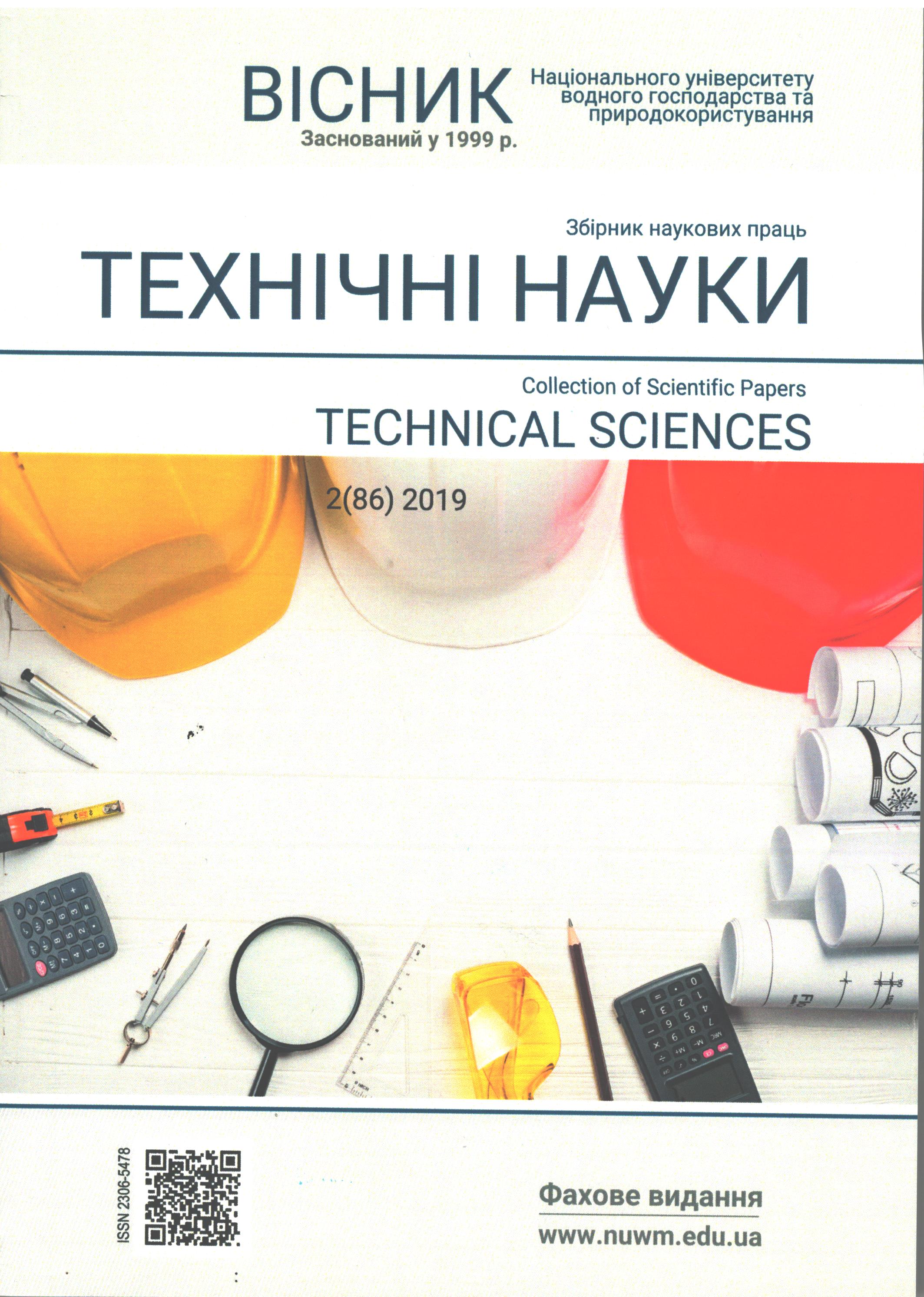METHODOLOGICAL BASES OF EVALUATION OF FATAL OCCUPATIONAL INJURIES SOCIAL CONSEQUENCES
DOI:
https://doi.org/10.31713/vt2201913Keywords:
analysis, method, effects, indicator, labor, injury, factorAbstract
The necessity of monitoring of occupational injuries for thedevelopment of programs of measures for its prevention andreduction is indicated. Classical indicators that reflect the dynamics of occupational injuries are presented. Its disadvantages are evaluated, especially in the assessment of accidents with a fatal outcome or injury to an employee.It is determined that the main disadvantage of occupational injuries in assessing accidents with a fatal result is only a quantitativeestimation. The absence of consideration of the social component offatal injuries is an imperfection of the methods of analysis ofoccupational injuries. The analysis of attempts presented in thescientific and normative literature to assess the consequences of fatal injuries by various indicators shows that they have a number of limitations in the application, and do not always accurately andobjectively reflect its dynamics. The purpose of this research is todevelop ways to increase the reliability and objectivity of thestatistical method of analysis of occupational injuries with a fatalresults or injury using the indicator of social consequences. Thepresented indicator takes into account the number of days ofconditional disability of workers with which there were accidents with a fatal result. Such conditional incapacity is proposed to take into account the days of possible occupational activity of employees until reachable by their retirement age, provided that there are noaccidents with a fatal result. The approbation of the proposedindicator of social losses from fatal occupational injuries is presented.It is based on the data of the current enterprise. The dynamics of the indicator of social losses from fatal occupational injuries and itsvalues by the years of the reporting period are presented. Theconditions for using the proposed indicator are given. The basiccondition for the accuracy and objectivity of this indicator is the small turnover of personnel at the enterprise. It was established that if the number of employees changes by no more than 7% during the reporting period, the proposed indicator of social losses most accurately and objectively assesses the effects of fatal occupational injuries.References
Ткачук К. Н., Кружилко О. Є. Прогнозування виробничого травматизму : монографія. К. : Основа, 2014. 345 c.
Таірова Т. М. Методологічні засади моніторингу виробничого травматизму : монографія. К. : «Основа». 2014. 201 с.
Decent work indicators: guidelines for producers and users of statistical and legal framework indicators: ILO manual: second version / International Labour Office. Geneva: ILO, 2013. 257 р.
Гогіташвілі Г. Г., Карчевській Є. Т., Лапін В. М. Управління охороною праці та ризиком за міжнародними стандартами : навч. посіб. К. : Знання, 2007. 367 с.
Лесенко Г. Г., Масюкевич О. М., Мішукова Н. Б. Оцінка ступенів ризику нещасних випадків. Проблеми охорони праці в Україні. 2007. Вип. 14. С. 23–27.
Третьяков О. В., Харченко І. П., Піхота Я. С. Підвищення достовірності показників статистичного методу оцінки виробничого травматизму. Комунальне господарство міст. 2015. Вип. 120 (1). С. 69–74.
Рівень зайнятості населення за статтю, віковими групами та місцем. URL: http://www.ukrstat.gov.ua (дата звернення 26.05.2019).
REFERENCES:
Tkachuk K. N., Kruzhylko O. Ye. Prohnozuvannia vyrobnychoho travmatyzmu : monohrafiia. K. : Osnova, 2014. 345 c.
Tairova T. M. Metodolohichni zasady monitorynhu vyrobnychoho travmatyzmu : monohrafiia. K. : «Osnova». 2014. 201 s.
Decent work indicators: guidelines for producers and users of statistical and legal framework indicators: ILO manual: second version / International Labour Office. Geneva: ILO, 2013. 257 r.
Hohitashvili H. H., Karchevskii Ye. T., Lapin V. M. Upravlinnia okhoronoiu pratsi ta ryzykom za
mizhnarodnymy standartamy : navch. posib. K. : Znannia, 2007. 367 s.
Lesenko H. H., Masiukevych O. M., Mishukova N. B. Otsinka stupeniv ryzyku neshchasnykh vypadkiv. Problemy okhorony pratsi v Ukraini. 2007. Vyp. 14. S. 23–27.
Tretiakov O. V., Kharchenko I. P., Pikhota Ya. S. Pidvyshchennia dostovirnosti pokaznykiv statystychnoho metodu otsinky vyrobnychoho travmatyzmu. Komunalne hospodarstvo mist. 2015. Vyp. 120 (1). S. 69–74.
Riven zainiatosti naselennia za stattiu, vikovymy hrupamy ta mistsem. URL: http://www.ukrstat.gov.ua (data zvernennia 26.05.2019).

